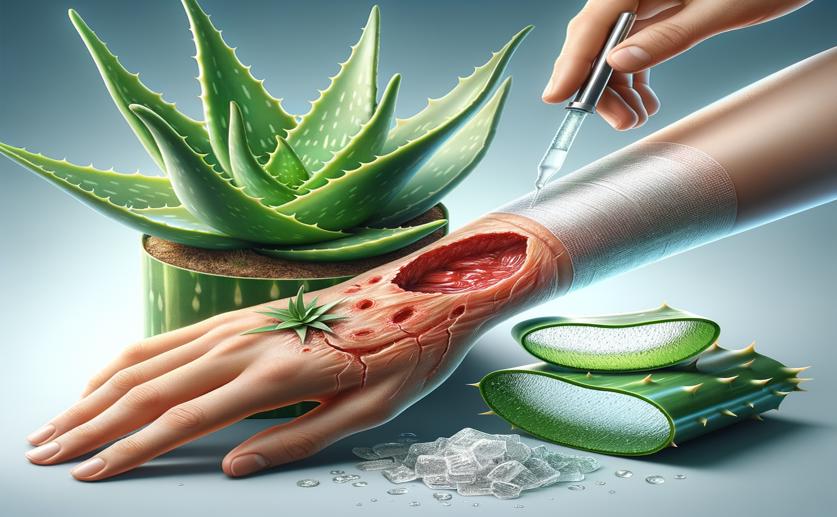
Healing Skin Wounds with Aloe and Silver-infused Chitosan Membranes
Jim Crocker
2nd August, 2024

Image Source: Natural Science News, 2024
Key Findings
- Researchers at Tiradentes University developed a new wound dressing using chitosan, Aloe vera extract, and silver nanoparticles
- The dressing is hydrophilic, attracting water, but the version with Aloe vera and silver nanoparticles absorbs less water, preventing excessive moisture
- The dressing degrades naturally over time, reducing the need for frequent changes, and has strong antimicrobial properties to prevent infections
References
Main Study
1) Chitosan membranes incorporating Aloe vera glycolic extract with joint synthesis of silver nanoparticles for the treatment of skin lesions.
Published 30th July, 2024
https://doi.org/10.1007/s13346-024-01683-x
Related Studies
2) Transition from inflammation to proliferation: a critical step during wound healing.
3) The Healing Power of Neutrophils.
4) Chronic wounds.
5) Factors affecting wound healing.



 25th June, 2024 | Greg Howard
25th June, 2024 | Greg Howard